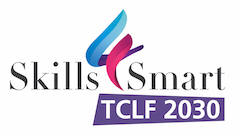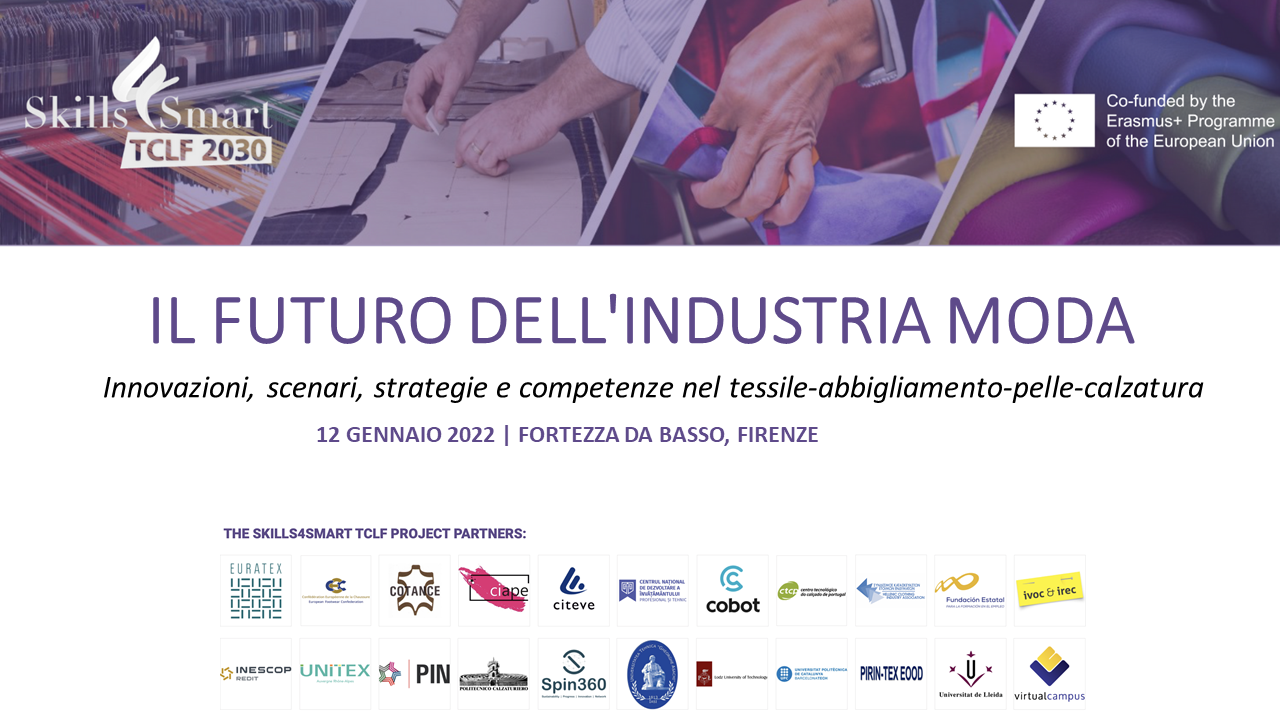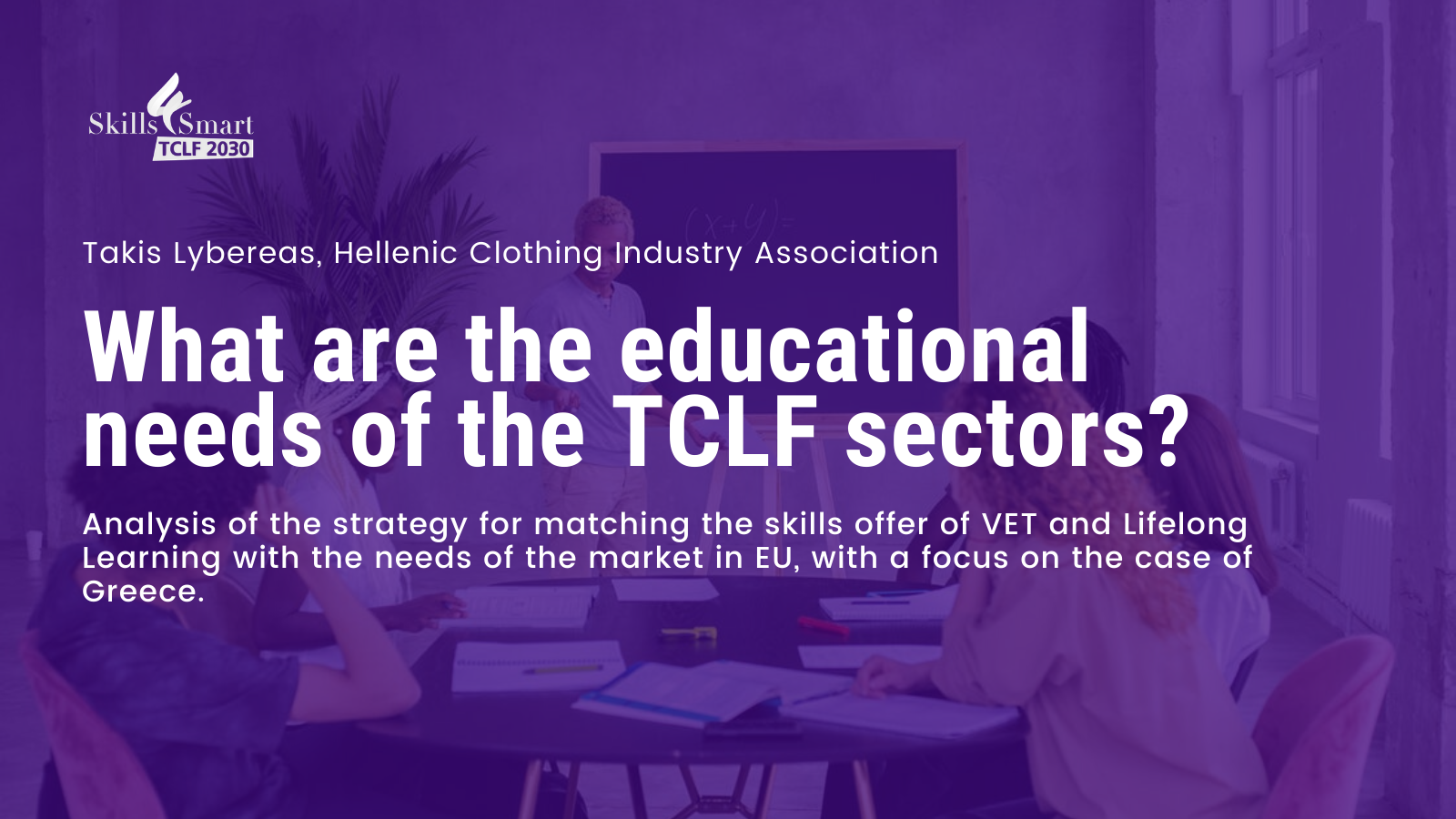Digital skills and qualified technicians – key needs of the TCLF industries in the future.
Numerous contributions were made during the international conference entitled "The future of Fashion industry: innovations, scenarios, strategies and skills in the textile, clothing, leather and footwear" which took place on 12 January at Fortezza da Basso in Florence, within the evocative setting of Pitti Uomo. 60 participants physically present, 377 in live streaming with connections from Portugal, France, Belgium, Spain, Romania, Germany, Poland, Greece, Sweden, Hungary, Czech Republic, United States, Brazil, Netherlands, Russia, Ukraine, UK, Armenia, South Africa. Among these, about 70 fashion-oriented high schools that participated with the students, for a total of over 2000 people who attended the [...]





